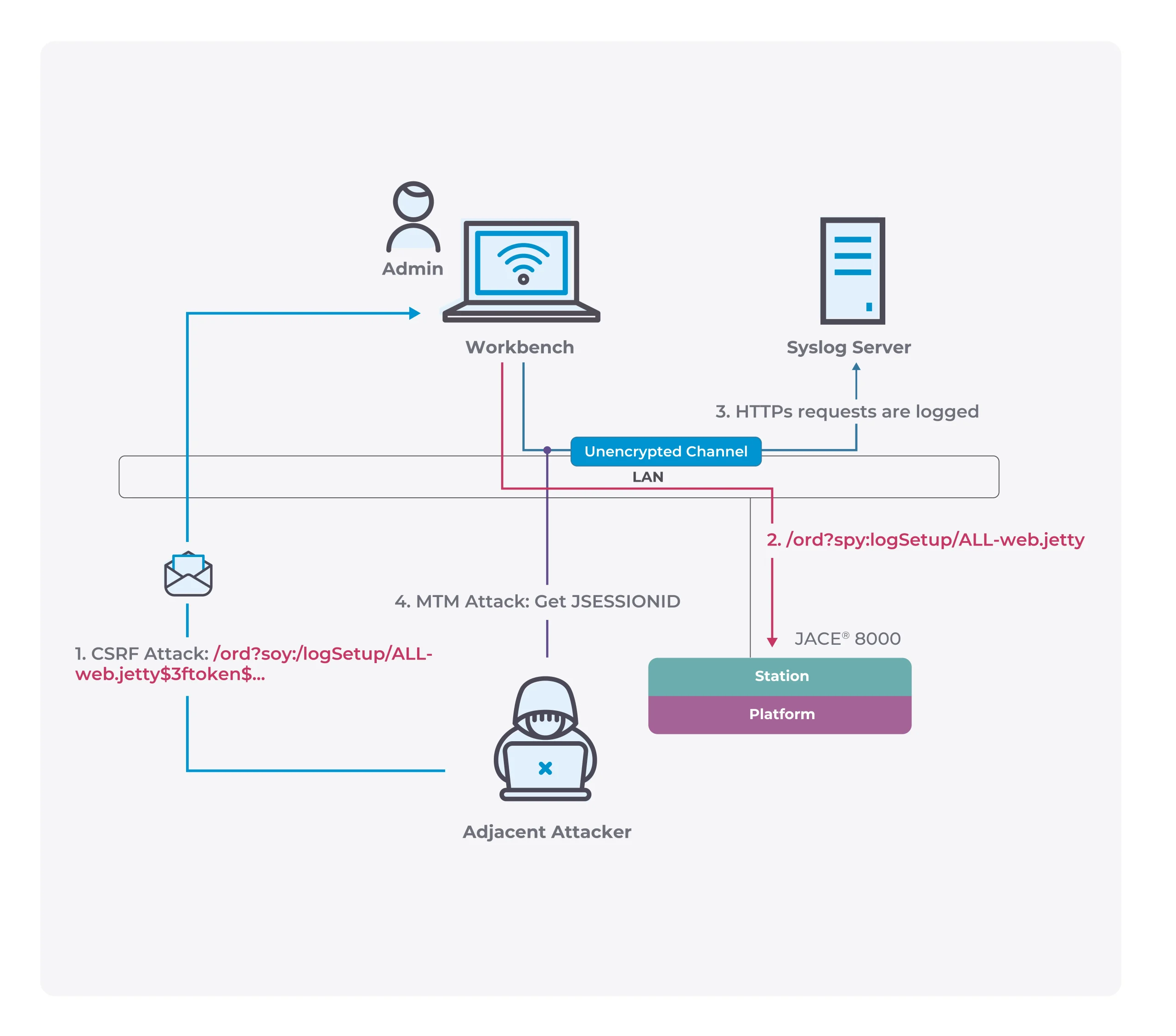Amazon announces the successful migration of all its businesses from Oracle Database to AWS Database
Since the technology giant Amazon began to migrate the database used by the business many years ago, Amazon mainly used Oracle’s commercial database products. For Amazon, using Oracle’s commercial database products is not only costly, but engineering teams also need to optimize database performance. In view of this, Amazon announced that it will migrate all its business and website and Oracle database used by various systems to Amazon’s own database.

Image: Amazon
Amazon’s business services are available to users in hundreds of countries around the world, so it’s not easy to migrate databases directly. However, hard work pays off, and finally, Amazon announced that the database has been completely migrated. At this point, all of Amazon’s own business has been migrated from the Oracle database to the AWS database. Currently, only some of the services provided by third parties have not been migrated. The success of the migration was not only the Amazon-based shopping site for consumers, voice assistants and Twitch live broadcasts, but Amazon’s various support systems were also migrated. At present, the last Oracle database server of Amazon’s consumer business department has been successfully closed, and Amazon’s long-term migration work has been officially completed.
In the blog, Amazon shared the reasons for abandoning the Oracle database, including commercial costs, performance improvements, and management overhead. In terms of commercial costs, Amazon can save 60% of its expenses by using its own database, and some businesses can save 90% of their costs after migrating to their own databases. In terms of performance, Amazon’s own engineers optimized their own database services to reduce application latency to consumers by up to 40%. In terms of management overhead, Amazon migrated its database to its own cloud computing platform, reducing the overhead of daily database maintenance and management by 70%.





